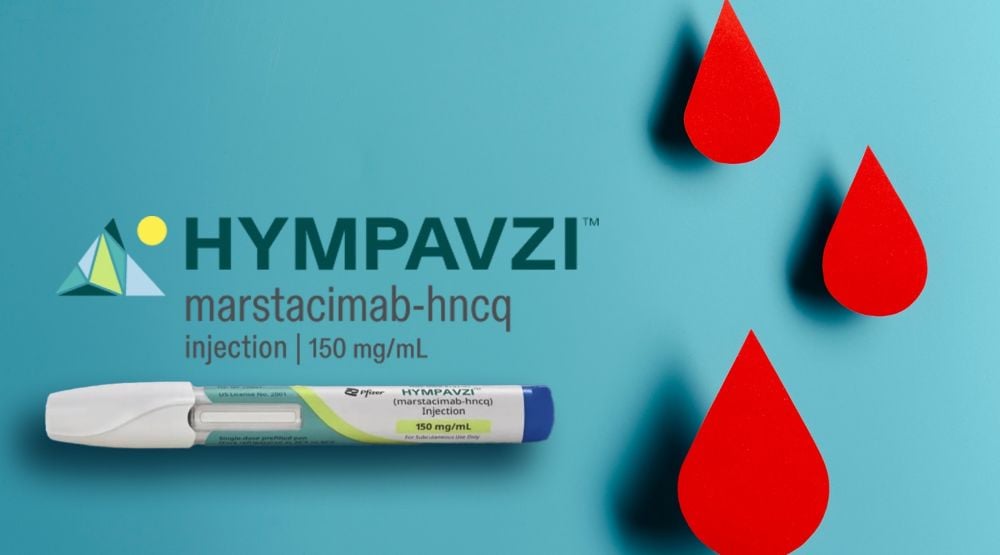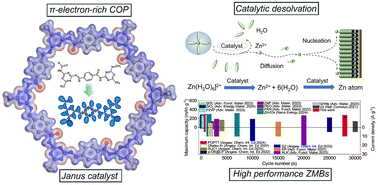Morphometric‐Assisted Prediction of Developmental Toxicity Using Stem Cell‐Based Embryo Models in Microwells
Advanced Healthcare Materials, EarlyView.

This proof-of-concept study involves high-throughput teratogenicity screening of compounds using XEn/EpiCs, a 3D stem cell-based embryo model, within microwells. The term ‘morphotoxicity’ is introduced to complement traditional cytotoxicity assays through automated feature extraction and machine-learning-assisted classification of morphologies. The authors’ findings reveal novel compound-specific morphological effects, demonstrating faster, more accessible, and improved imaging-based evaluations of toxic compounds in the future.
Abstract
Congenital abnormalities cause ≈3% of fetal defects and premature deaths in Europe, often due to maternal exposure to toxicants. To mitigate the ethical and logistical challenges of animal studies, stem cell-based models are being exploredthat offer scalable readouts at various stages of embryogenesis. However, most current in vitro models are limited in complexity, throughput, automation compatibility or real-time spatio-temporal read-outs. In this study, a scalable, automated platform capable of imaging and quantifying morphological features such as shape, size, texture, and marker intensity is presented. Using a microwell screening platform, XEn/EpiCs, a peri-implantation stage embryo model that mimics eXtraembryonic Endoderm and Epiblast co-development, is robustly generated and used to screen a library of 38 reported compounds. Unlike conventional cytotoxicity assays, this approach also evaluates development-disrupting morphological changes, termed “morphotoxicity”, thereby offering complementary insights that may improve the prediction of developmental toxicity across cell types. This pilot study shows thathigh doses of compoundslike retinoic acid, caffeine, ampyrone, and dexamethasone, significantly disrupt XEn/EpiC development, causing morphotoxic effects with or without affecting cell viability. Together, thisstudy highlights the importance of complementing cytotoxicity assessments with morphotoxicity read-outs, emphasizing its potential to enhance the evaluation of teratogenic risks in toxicity tests.
















































































































































